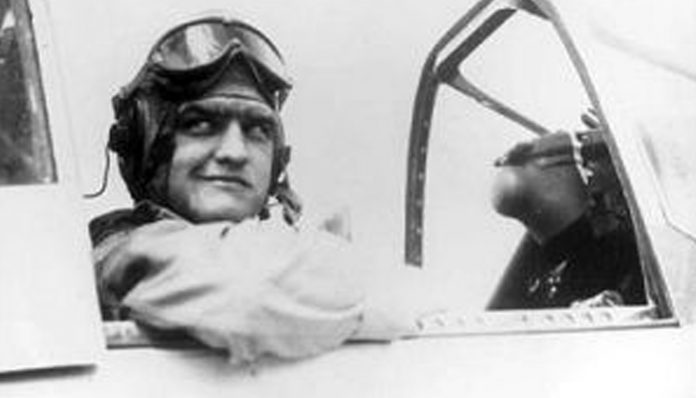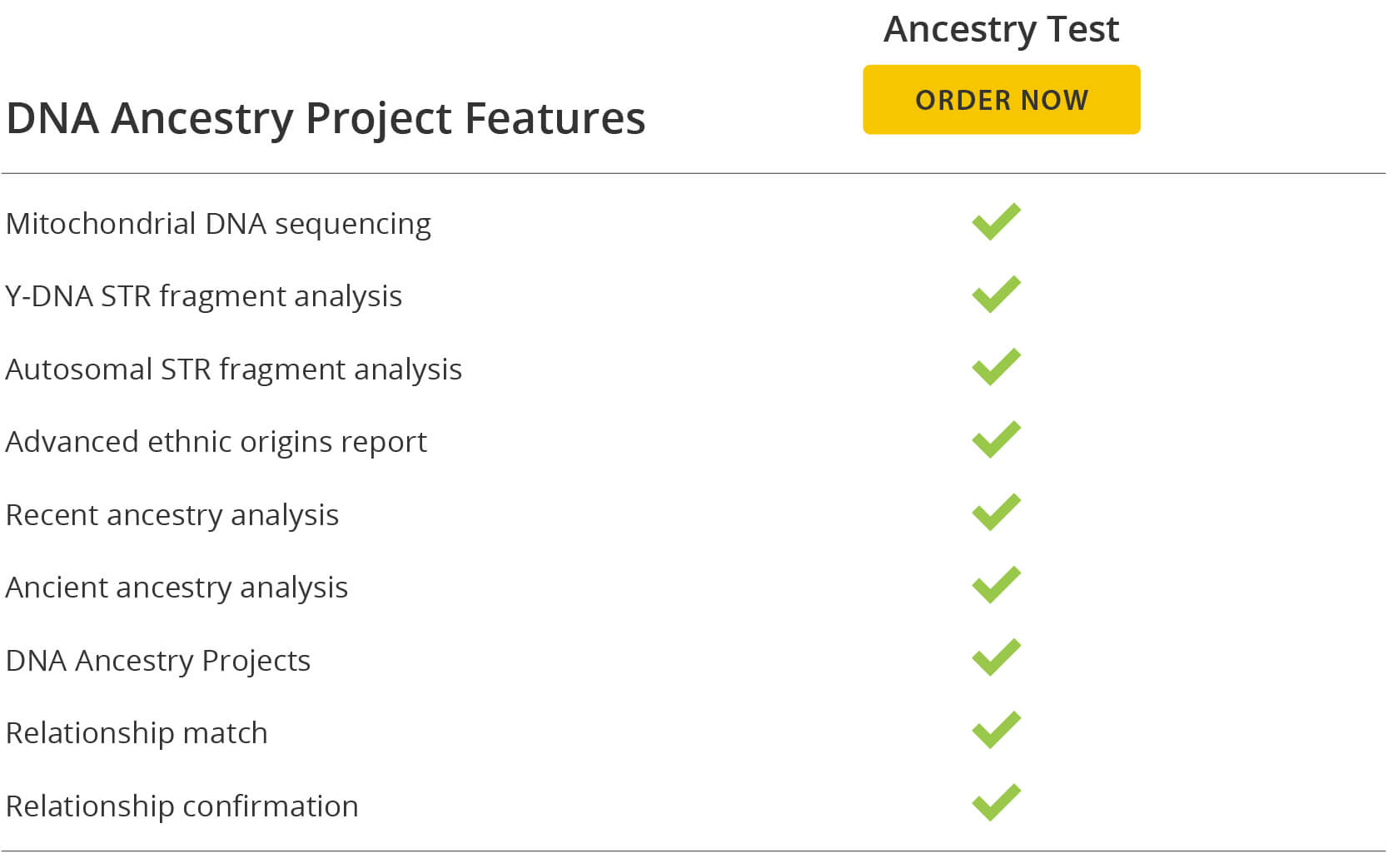James McGovern was an American World War II fighter ace that died in a plane crash in Laos on May 6, 1954. At the time, James McGovern was piloting a Civil Air Transport plane to provide ammunition to French troops during the first Indochina war. His plane was hit twice by ground fire, and despite managing to fly 75 miles, the plane crashed just short of a landing strip. McGovern and Buford (an American co-pilot) and two French Corporal Chiefs were killed instantly, making McGovern and Buford the first two Americans to die in combat in Vietnam.
At six feet and 260 pounds, McGovern was considered large for a fighter pilot, prompting his nickname “Earthquake McGoon” after the fierce and primitively charismatic (hulking hillbilly) wrestler from the popular Li’l Abner comic strip.
Discovery of McGovern’s remains
Multiple investigations of the crash site were conducted by different teams (including joint US-Lao teams) between 1997 and 2002. However, only small fragments of aircraft wreckage were found, and no human burial sites were located. In 2002, while investigating an unrelated crash near the Ban Sot area, the JTF-FA team discovered a propeller from an old C-119 (the type of plane that McGovern was flying). A few months later, human remains of a single individual were discovered in an unmarked grave, leading to speculation that the grave may have belonged to James McGovern.
Initial evaluations of the skeletal remains suggested that they belonged to an adult Caucasoid male of approximately 69 inches in height – the estimated height of McGovern. The dental remains discovered at the site did not match the records available for Buford, so he was tentatively ruled out. Although there were no dental records available for McGovern or the two French soldiers, the dental bridge discovered in the remains was consistent with photographs of McGovern, providing inconclusive evidence that it was McGovern’s skeleton. However, further analyses were required to confirm the identification of the remains and this was achieved through DNA analyses.
Using genetics to confirm the discovery of McGovern’s remains
DNA samples were collected from the skeletal remains (left femur) and from seven living relatives of McGovern. A DNA sample was also collected from a maternal relative of Buford to confirm that the remains did not belong to Buford. A combination of mitochondrial DNA, autosomal DNA and Y-DNA analyses were used to confirm the identification of McGovern.
Mitochondrial DNA (mtDNA) analyses were initially conducted, as there is the highest likelihood of obtaining adequate levels of this DNA type, due to the high number of mtDNA genomes per cell. There are three regions of the mtDNA that can be analyzed – HVR1, HVR2 and the coding region. This analysis determined that the HVR1 sequence obtained from the skeletal remains matched the sequence obtained from McGovern’s maternal cousin. McGovern and this maternal cousin share the same maternal grandmother and hence carry the same mtDNA. This mtDNA profile also differs from the mtDNA expected for Buford (obtained from his maternal cousin), providing further evidence that the remains do not belong to Buford.
The researchers were then able to provide more evidence that the remains belong to McGovern by the analysis of low copy number nuclear DNA – both autosomal STR and Y-DNA STR markers. The Y-DNA STR profile obtained from the skeleton matched that of McGovern’s nephew (his brother’s son). Several other relatives were also included for the autosomal analyses, and again all the data indicated that the skeleton belonged to McGovern.
Conclusions of the genetic analyses
The DNA analyses were able to confirm that the remains had a mtDNA profile and a Y-DNA profile that would be expected for McGovern. The combination of mtDNA, Y-DNA and autosomal analyses produced a likelihood ratio of 96,900 that the remains belong to a male individual with the exact same biological relationship as McGovern to the reference family members. Therefore it can be concluded that the remains are indeed those of McGovern who died in 1954.
According to Dr. Thomas Holland (director of JPAC’s Central Identification Laboratory), McGovern was the second person ever identified by their laboratory through forensic analysis of Y-DNA. Most cases involving old and highly degraded samples tend to rely on mtDNA analysis since mtDNA is far more stable than Y-DNA when examining extremely old or degraded samples.
The Aftermath:
A military funeral was held in New Jersey on October 28, 2005 to honor this well-known US military pilot.
DNA Database Comparisons







